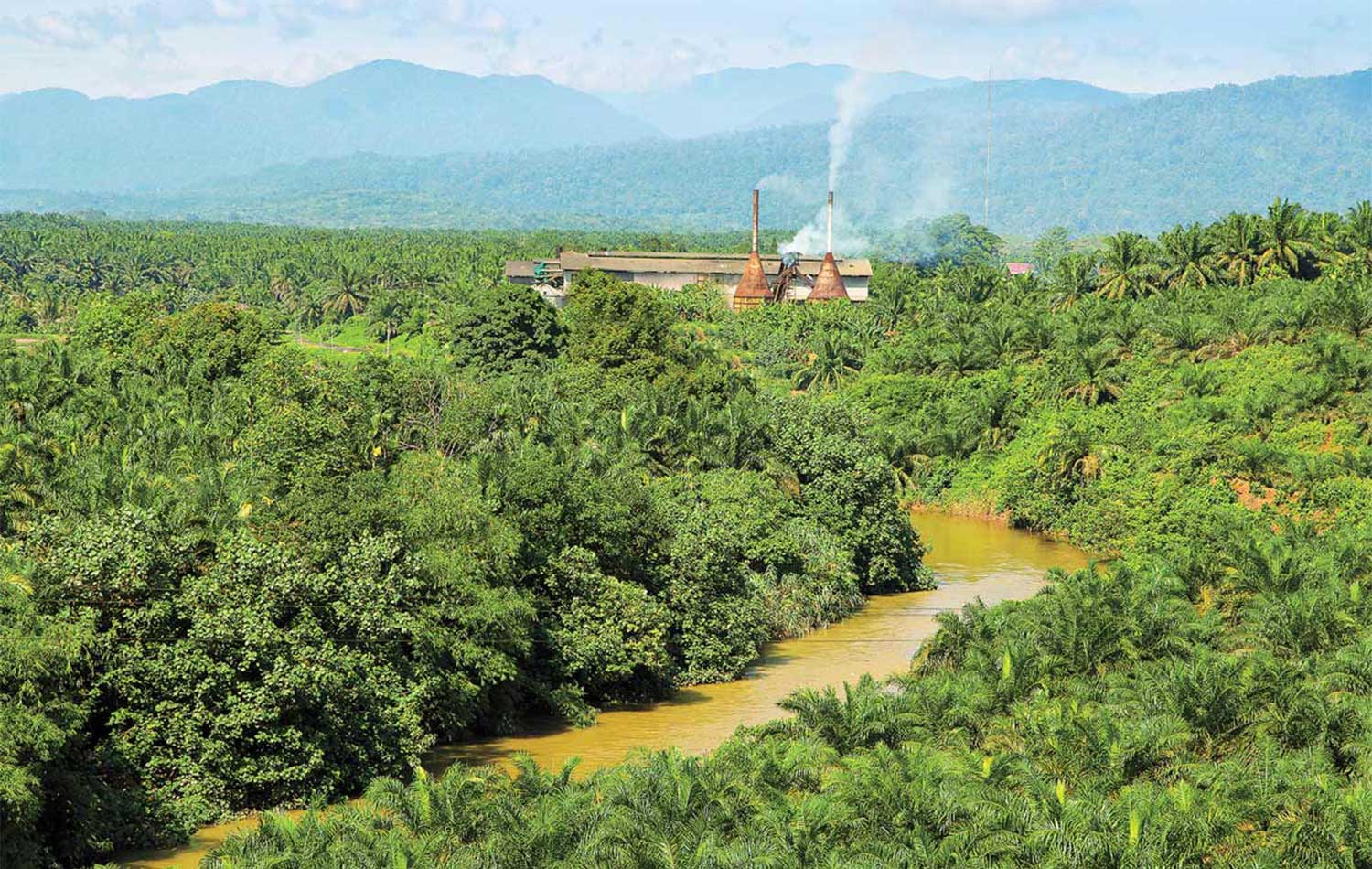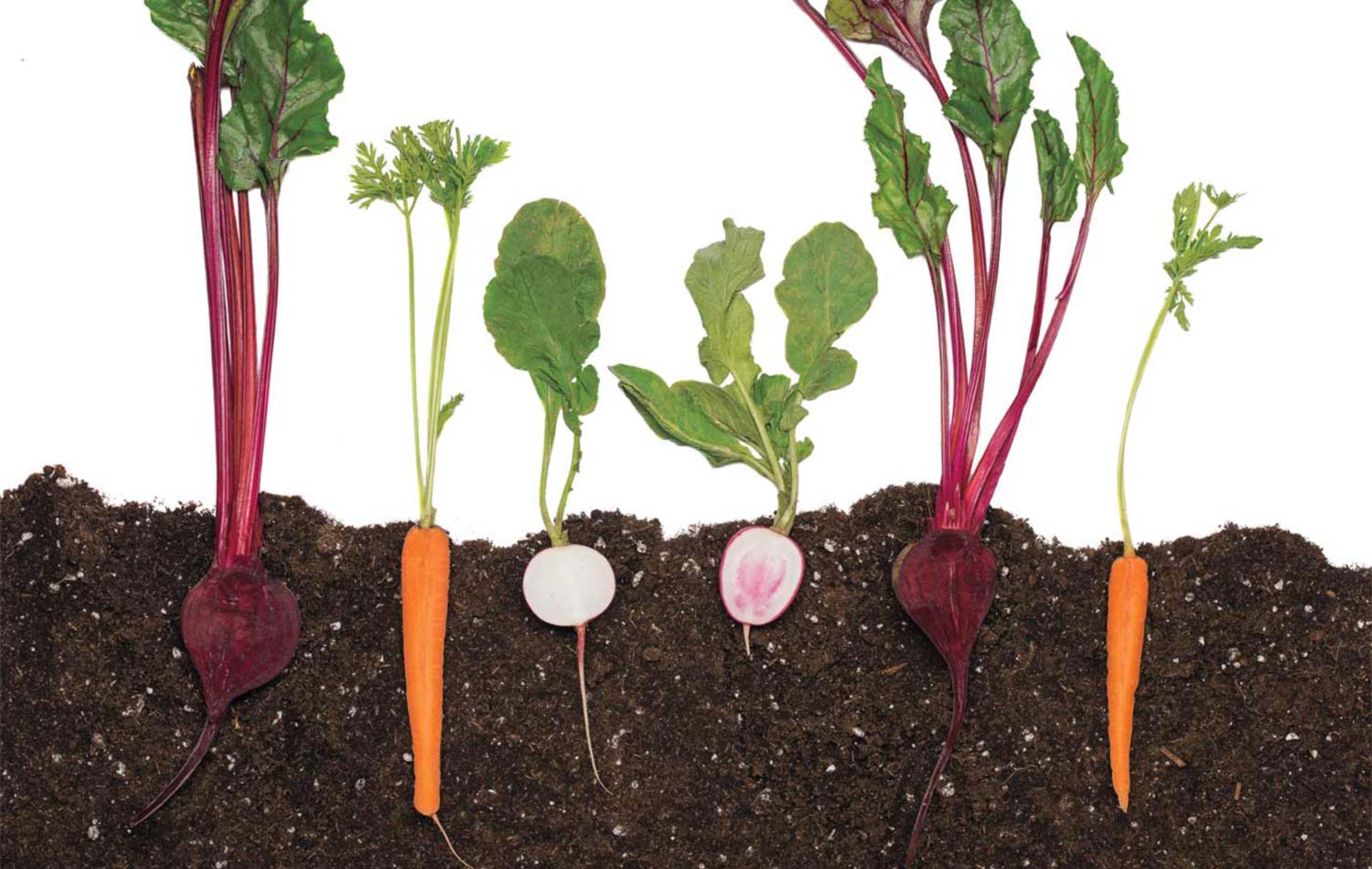Ashley Legassic moves through the aisles of her local market with a quick step. When her hand reaches for a product, it’s decisive; she finds what she needs, deposits it into her basket, and rushes to find the next item on her list. We’re in and out of the market in less than 30 minutes. Our agreement is that I may look at her purchases to see which of them contain palm oil.
Legassic didn’t know what I would be looking for, but to my surprise, she completely avoided purchasing palm oil. “I have no idea about the production or anything [palm oil] goes through. Or even what palm oil is,” Legassic says.
Problems with Palm
According to the World Wildlife Fund (WWF ), palm oil is a vegetable oil primarily produced in Indonesia and Malaysia, whose combined production accounts for approximately 86 percent of the world’s supply. Palm oil currently comprises 65 percent of the international vegetable oil market and is listed as an ingredient in items such as margarine, biscuits, chocolate, shampoo, lipstick, and detergent.
Palm oil plantations are shrouded in controversy because the clearing of rainforests for palm oil production has negatively affected animal populations (some endangered) as well as the livelihoods of indigenous peoples. Clearing the land for plantations also releases large amounts of carbon dioxide into the atmosphere when felled trees are burned. Little has been done to make the palm oil industry sustainable, and it is critical that consumers recognize this opportunity to effect change.
More than Ingredients
Some consumers try to avoid palm oil, as Legassic unintentionally did, but it isn’t enough. Consumers need to educate themselves about who they are buying from, and whether the business practices of those manufacturers are sustainable. To pick and choose items based on ingredients alone will not produce long-term sustainability.
According to the Union of Concerned Scientists (UCS), Dairy Queen, Domino’s Pizza, Kraft Foods Group, and Wendy’s are among the many companies that have no sustainable palm oil commitments. Many companies perceive their use of palm oil as insignificant compared to other companies in the global market, and may feel that sustainable commitments are not necessary.
Basil Maglaris, director of corporate affairs for Kraft Foods Group, said in an email response that since separating from the global snack company Mondelēz International in 2012, Kraft uses “0.01 percent of the world’s palm oil production.” This may seem insignificant, but according to the UCS ’s 2014 “Donuts, Deodorant, Deforestation” report, it is estimated that 50 million tonnes of palm oil were produced in 2012. Kraft’s usage of 0.01 percent still accounts for 5000 tonnes of palm oil.
Sustainable Supply
Manufacturers can purchase palm oil based on how it is sourced and processed, which is evaluated by the Roundtable on Sustainable Palm Oil (RSPO). These supply chain systems, and the RSPO ’s social criteria, are “directed at preventing conflicts about the rights to use land, improving income security to workers, small oil farmers and their families, protecting health and living environments, respecting land and labour rights, and ensuring legal compliance by all parties in the palm oil supply chain,” according to the RSPO ’s website. The RSPO has four supply chain models: identity preserved, segregation, mass balance, and book and claim.
Book and claim is the least sustainable model because manufacturers have the ability to purchase GreenPalm certificates, which support producers of sustainable palm oil. Calen May-Tobin, lead analyst for the UCS ’s palm oil campaign, condemns GreenPalm certificates because they lack transparency and traceability. “Companies all along the supply chain can just sort of continue to buy whatever bad palm oil they want,” he says. “It’s essentially the equivalent of buying electronics out of a truck from some guy in a back alley.”
High Cost for High Returns
When Legassic learned of many companies’ failure to commit to sustainability, she suggested looking “into ways to abstain from using palm oil-based products;” but abstinence isn’t the answer. The WWF’s 2013 “Palm Oil Buyers Scorecard” projects that palm oil demand will double by 2020. If consumers withdraw from buying palm oil products, the industry will continue to use palm oil however they want, and manufacturers will be able to dictate production standards without dramatic consequences.
Since palm oil crops yield high returns, it is one of the least expensive vegetable oils. This makes palm oil a desirable commodity for production and opens up a range of possibilities. One alternative use for palm oil is as a biofuel.
“[Palm oil] essentially functions as the equivalent of any other biofuel and any other diesel fuel,” May-Tobin says. “A big worry is the expanding markets for biofuels leading to a large expansion of palm oil.”
Because palm oil has great potential in various markets, every business along the supply chain must recognize that sustainable commitments are necessary. While the number of companies pledging sustainability is on the rise, in 2012 only 52 percent of sustainably produced palm oil was purchased, leaving a surplus. Consumers like Legassic should not avoid palm oil, but instead can signal through their everyday purchases that they will support companies who commit to sustainable business practices. Consumers must see each product in the market as leverage for change.











